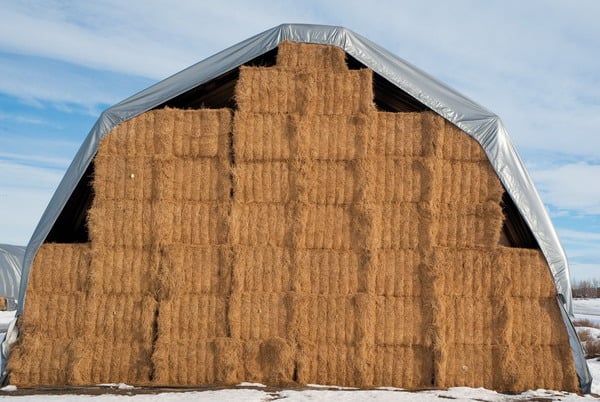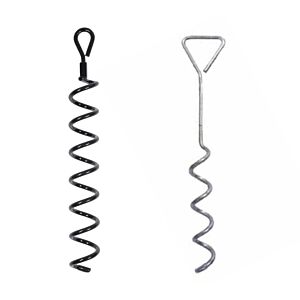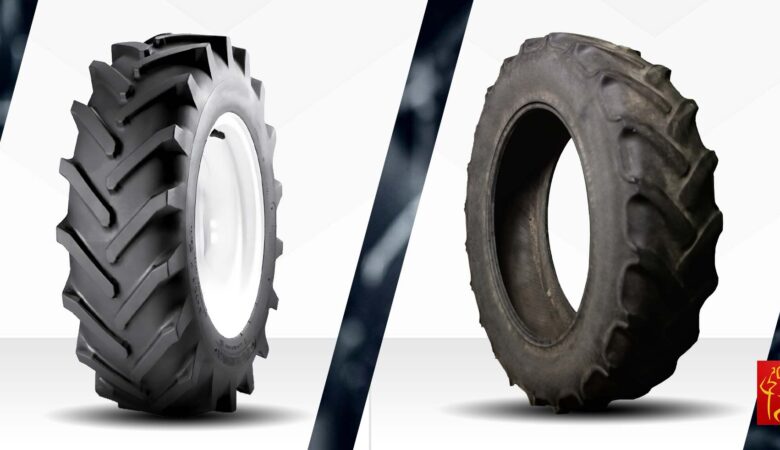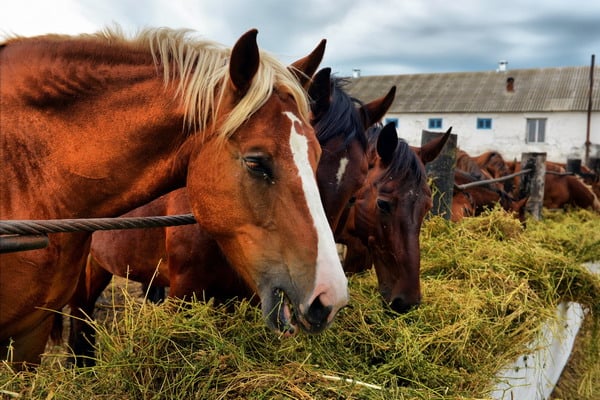Throughout most of the spring and summer, we have featured a number of blog posts talking about hay moisture testers and electrified fencing. With the end of summer fast approaching, it is time to get ready for the fall and winter seasons. That means making plans for winter hay storage. One of our temporary hay storage buildings could be the solution you have been looking for.
We sell multiple sizes of storage buildings made with heavy-duty PVC fabric and galvanized steel framing. The advantage of using one of these temporary buildings as opposed to building a new barn is flexibility. Of course, lower costs are a big advantage as well. At any rate, it helps to start making preparations for installation now while the weather is still cooperative.

Carefully Choose Your Site
The first preparation tip is one of choosing your site carefully. The amount of protection your temporary hay storage building offers will be in direct relation to the site you choose. The idea is to choose a site that minimizes the chances of something going wrong. Here are some of the most important considerations:
• Power Lines:
Falling power lines could cause a lot of problems for your temporary storage building. As such, choose a site that is far enough away from power lines to be unaffected if weather brings them down.
• Snow Drifts:
You know from experience where snow tends to accumulate on your property. It is best to avoid a location that could encourage snow drifts to accumulate along the sides or on top of the building. Snow on top is especially troubling because it adds weight.
• Overhead Threats:
Also make sure to choose a site free of overhead threats like large tree branches or ice dams that may fall off a nearby home or barn.
• Underground Utilities:
Lastly, you will be driving anchors into the ground to hold your temporary storage building in place. Choose a site you know is free from underground cables and pipes. If you are not sure where cables and pipes are located on your property, call your local utilities and ask them to come out and mark locations for you.
Site Preparation
Once you have chosen a good site, you need to prepare it for installation. If the site is not already level, start the preparation process by addressing this. A level site is important so that moisture does not collect at one end of the structure, thereby spoiling some of your crop.
If necessary, dig some trenches to provide a bit of drainage underneath the crop. If you plan to install the building on top of a concrete pad, digging trenches will not be possible. You can accomplish the same thing by stacking your hay on top of pallets. That way, any moisture underneath will be kept away from the hay.
If you need to drill anchor holes, now is the time to do it. Drill your holes and insert anchors into them to keep them from closing back up between now and installation day.
Lastly, clear out debris, equipment, and anything else that might act as a hindrance to installation. Plan on a clear area of 15 to 20 feet around the entire perimeter of the site. You do not want to waste time and effort moving things on the day of installation.
If you are thinking of installing a hay storage building in anticipation of the coming winter, now is the time to start making plans. It is already mid-August. Cold temperatures and snowflakes are just a couple of months away.













